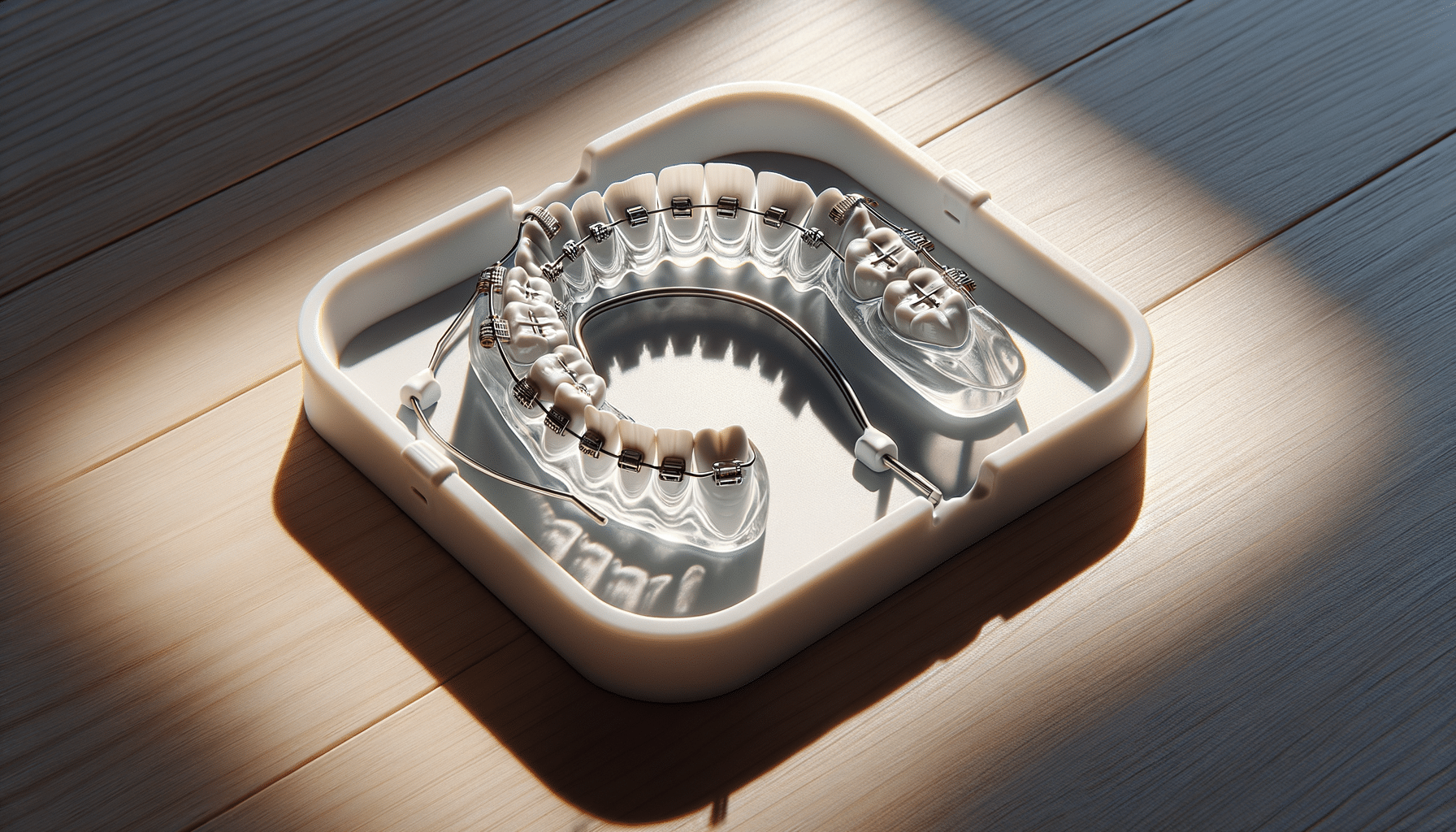
Learn how dental clips support teeth alignment and improve oral aesthetics.
Introduction to Dental Braces and Splints
Dental braces and splints play a significant role in orthodontics and dental care, offering solutions for teeth alignment and jaw stabilization. Braces, typically used for orthodontic treatment, are appliances that apply continuous pressure to teeth, gradually moving them into the desired position. On the other hand, dental splints are often used to treat temporomandibular joint disorders (TMJ) by stabilizing the jaw and alleviating discomfort. Understanding the functions and benefits of these dental devices can help individuals make informed decisions about their oral health treatment options.
Types and Functions of Dental Braces
Dental braces come in various types, each tailored to meet specific orthodontic needs. Traditional metal braces are well-regarded for their durability and effectiveness, using metal brackets and wires to correct teeth alignment. Ceramic braces, offering a more aesthetic option, are made from tooth-colored materials that blend in with the natural teeth. Additionally, lingual braces are attached behind the teeth, providing a discreet solution for those concerned about appearance during treatment. Each type employs similar mechanics to exert pressure on the teeth, gradually guiding them into proper alignment.
The primary function of dental braces is to correct malocclusions, which include conditions such as overbites, underbites, and crossbites. By aligning the teeth and jaws, braces not only improve oral aesthetics but also enhance overall dental health. Properly aligned teeth are easier to clean, reducing the risk of cavities and gum disease. Furthermore, correcting bite issues can alleviate strain on the jaw muscles, minimizing the risk of TMJ disorders and other related complications.
The Role of Dental Splints in Oral Health
Dental splints are custom-made devices designed to fit over the teeth, often used in the management of TMJ disorders and teeth grinding (bruxism). These splints serve as a protective barrier, preventing damage to the teeth and alleviating pressure on the jaw joints. Unlike braces, which primarily focus on teeth alignment, splints aim to stabilize the jaw and promote muscle relaxation. They are commonly used during the night to prevent unconscious grinding or clenching, which can lead to tooth wear and jaw discomfort.
In addition to TMJ management, dental splints can be beneficial for individuals with certain orthodontic conditions. For instance, they can be used as a temporary measure to maintain teeth position after orthodontic treatment, ensuring that the results are preserved. The versatility of dental splints makes them a valuable tool in maintaining oral health and preventing long-term damage to the teeth and jaw.
Comparing Braces and Splints: Understanding Their Differences
While both braces and splints are vital in dental care, they serve distinct purposes and are used in different contexts. Braces are primarily designed to move teeth into their correct positions over time, addressing orthodontic issues such as misalignment and bite problems. They require regular adjustments by an orthodontist to ensure effective treatment and are usually worn for an extended period, ranging from months to years, depending on the severity of the condition.
In contrast, dental splints focus on jaw stabilization and protection against teeth grinding. They are often prescribed for shorter durations, depending on the individual’s needs, and can be easily removed. Splints do not alter teeth alignment but instead provide relief from symptoms associated with TMJ disorders and bruxism. Understanding these differences is crucial for individuals seeking dental treatment, as it helps them choose the appropriate device based on their specific oral health requirements.
Conclusion: Enhancing Oral Health with Braces and Splints
Both dental braces and splints offer unique benefits in improving oral health and addressing specific dental issues. Whether it’s achieving a perfect smile through teeth alignment or alleviating jaw discomfort with a dental splint, these devices play a crucial role in modern dentistry. By understanding their functions and differences, individuals can make informed decisions about their treatment options, leading to healthier teeth and a more comfortable bite. Consulting with a dental professional is essential to determine the most suitable approach for each individual’s needs, ensuring optimal oral health outcomes.


